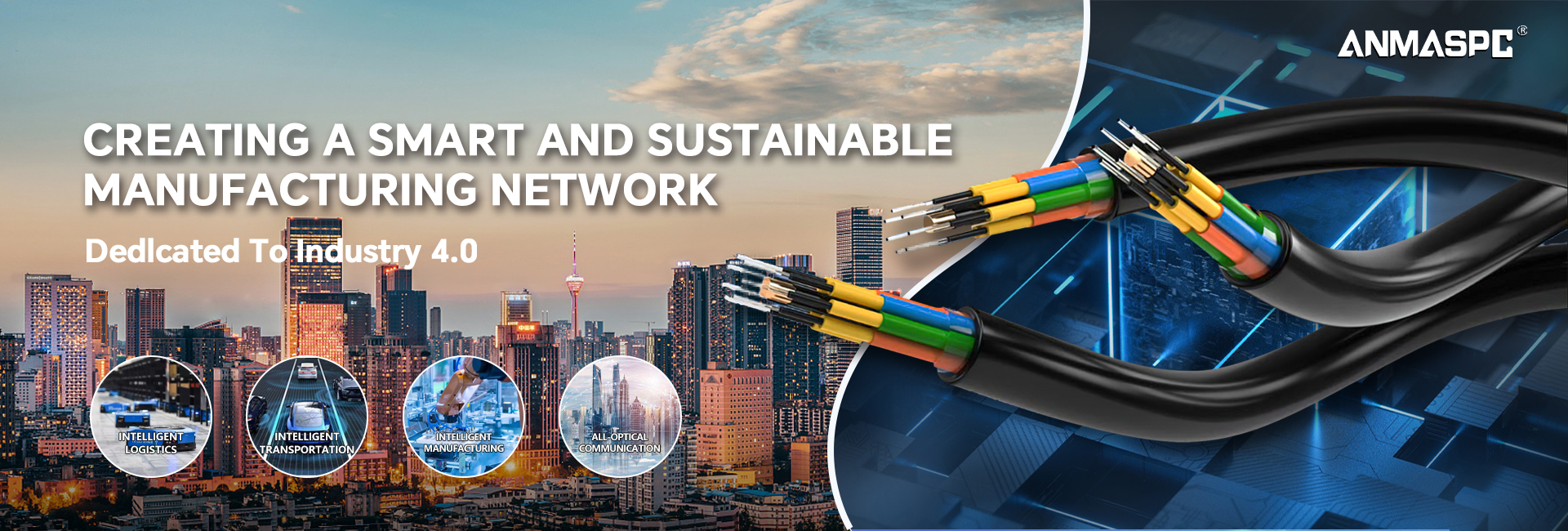Choosing a high-quality air-blown fiber optic cable microduct connector is essential for ensuring optimal performance and reliability in fiber optic networks. The connector plays a critical role in the installation and maintenance of fiber optic cables, and selecting the right connector is crucial for achieving seamless connectivity. In this article, we will discuss key factors to consider when choosing a high-quality air-blown fiber optic cable microduct connector.
Compatibility: When selecting a microduct connector, it is important to ensure compatibility with the specific type of fiber optic cable being used. Different cables may require different connector types, so it is essential to verify that the connector is suitable for the cable type and size.
Performance: High-quality microduct connectors are designed to minimize signal loss and maintain optimal signal integrity. Look for connectors that offer low insertion loss and high return loss to ensure reliable data transmission.
Durability and Reliability: The durability of the connector is crucial, especially in outdoor or harsh environments. Choose connectors that are designed to withstand environmental factors such as moisture, dust, and temperature variations. Additionally, connectors with robust construction and protective features offer enhanced reliability over time.
Ease of Installation: Air-blown fiber optic cable microduct connectors should be easy to install and maintain. Look for connectors that feature user-friendly designs, allowing for quick and efficient installation without the need for specialized tools or extensive training.
Compatibility with Blowing Equipment: Ensure that the microduct connector is compatible with the air-blowing equipment used for cable installation. Compatibility between the connector and blowing equipment is essential for achieving a smooth and efficient installation process.
Industry Standards Compliance: High-quality microduct connectors should comply with industry standards and regulations to ensure interoperability and performance consistency. Look for connectors that adhere to recognized standards such as TIA/EIA and IEC.
Cost-Effectiveness: While quality is paramount, it is also important to consider the overall cost-effectiveness of the microduct connector. Assess factors such as long-term maintenance requirements, installation efficiency, and durability to determine the true cost of ownership.
In conclusion, choosing a high-quality air-blown fiber optic cable microduct connector requires careful consideration of compatibility, performance, durability, ease of installation, industry standards compliance, and cost-effectiveness. By prioritizing these factors, network installers and operators can ensure seamless connectivity and reliable performance in fiber optic networks.
When selecting a microduct connector, it is advisable to consult with reputable suppliers and manufacturers who can provide guidance on choosing the most suitable connector for specific network requirements. Additionally, ongoing maintenance and inspection of connectors are essential to ensure long-term performance and reliability in fiber optic installations.
Post time: Jan-08-2024






